Welsh artist Cerith Wyn Evans on winning the Hepworth Prize for Sculpture
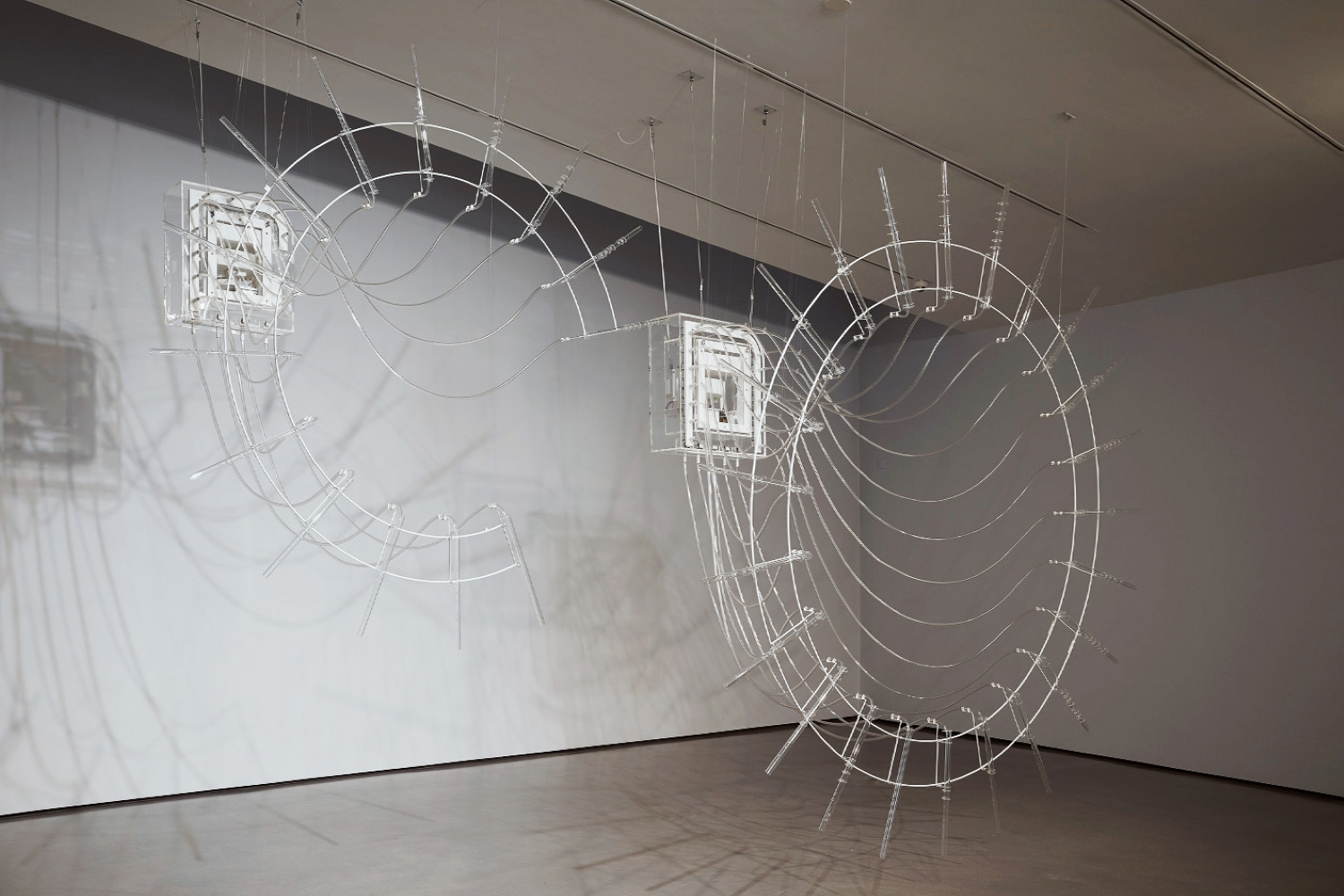
The winner of the £30,000 biennial Hepworth Prize for Sculpture 2018 has been named as Cerith Wyn Evans: Welsh conceptual artist, filmmaker and contemporary sculpture’s golden child.
There’s no doubt that Wyn Evans has been basking in his element in recent years. Many will recall his electric intervention in the White Cube’s Bermondsey gallery earlier this year, or his highly Instagramable neon occupation of Tate Britain in 2017. Rewind further to the 1980s when he produced two music videos for The Smiths and the short film Degrees of Blindness (starring Tilda Swinton) and it becomes apparent that this is an artist with fingers in most creative pies.
Now he’s rooted in sculpture, a discipline he admits he ‘used to hate’. ‘I’ve got to try and bring my best into a situation which inspires whoever has the patience to look at it. If those people are youngsters then glory be to God!’ he exclaims.
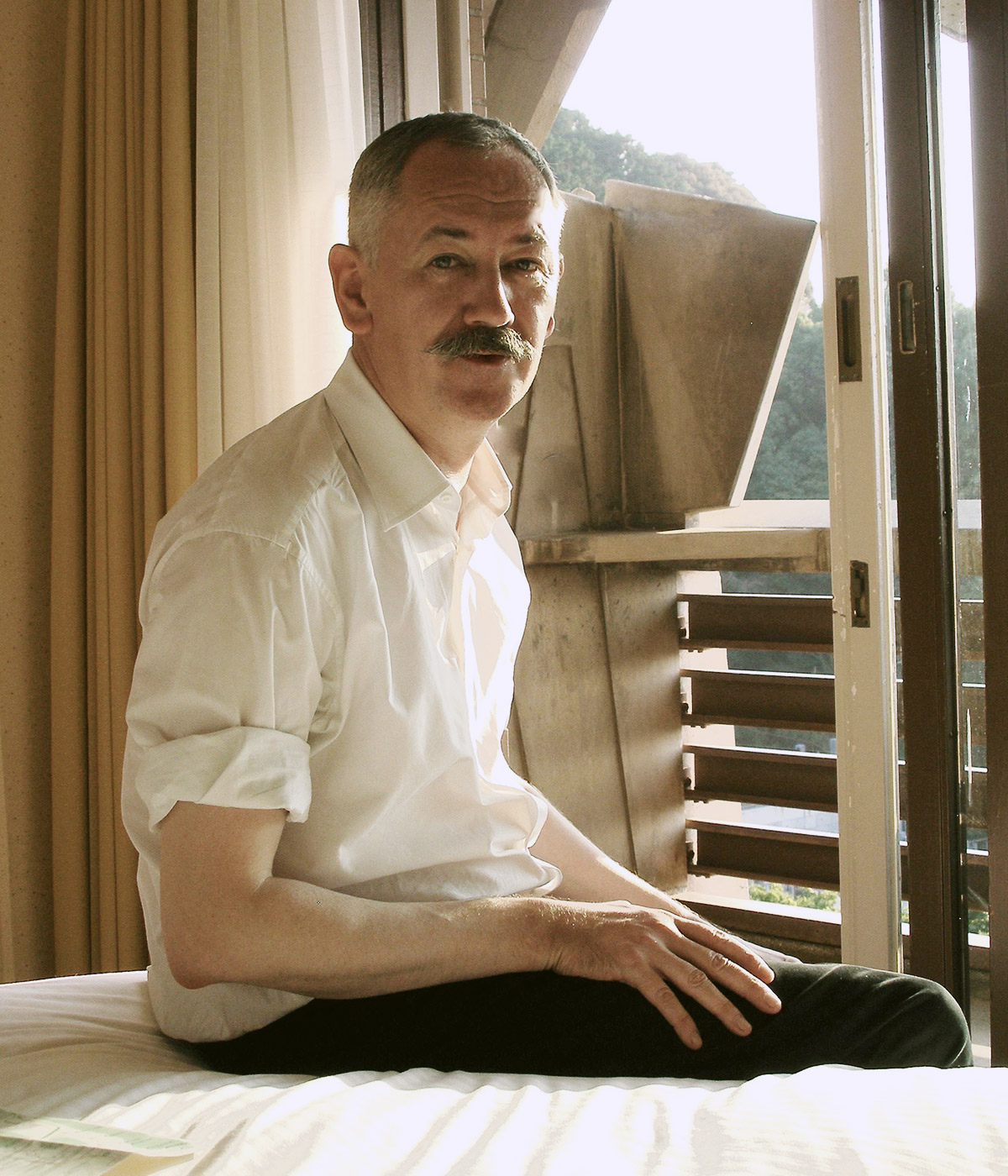
Portrait of Cerith Wyn Evans. Courtesy of the artist
His levitating, site-specific work at the Hepworth Wakefield, Composition for 37 Flutes (in two parts), first coaxes the viewer through sound. Two intersecting glass arcs hold pipes emitting musical notation wavering between harmony and dissonance. A pair of mechanical lungs inhale, exhale and coordinate the instruments through a precisely programmed algorithm. An unnerving, biological timbre evokes the rasp and rhythm of the human respiratory system.
What sets this work apart is its bond with the building. It breathes – not just through Wyn Evans’ intricately crafted organism – but also through the pumps and pipes of architect David Chipperfield’s cacophonous concrete museum. This is a piece that occupies the eyes, ears and personal space of consenting viewers alongside the arteries of the building itself.
‘It [the prize] means nothing, but I’m a buddhist you see,’ he said shortly after collecting his award. ‘Raising awareness is a different issue. I want to show people that I have a certain compassion for the world, but the world is empty and meaningless and the universe doesn’t give a shit about us.’
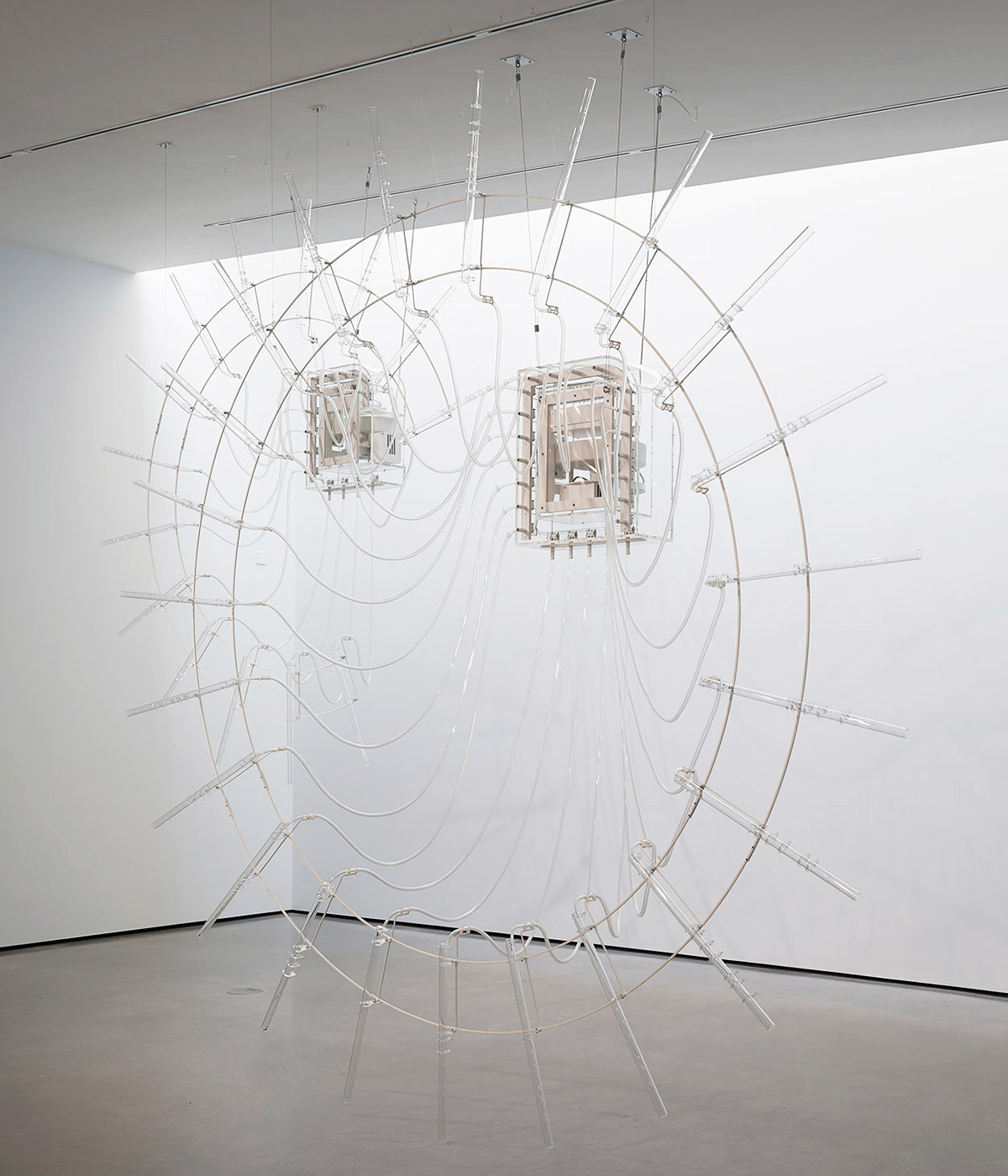
Composition for 37 flutes (in two parts), 2018, by Cerith Wyn Evans, 37 crystal glass flutes, ‘breathing’ unit and valve system, plastic tubes, installation view at The Hepworth Wakefield.
The other nominated artists – Michael Dean, Mona Hatoum, Philip Lai and Magali Reus – have each generated distinctive and compelling work, carving out their own corner of sculptural territory.
Dean’s Of Or for LOL is meticulously organised chaos. The perimeter of the space is lined with drooping incident tape that reads simply: ‘sorry’. Within the main composition, the artist channels ‘moments of intensity’ through building materials, litter and a mound of pennies totalling a three-day emergency food bank allowance for a family of four. In any case, there doesn’t appear to be a great deal to ‘laugh out loud’ about.
Hatoum offers up the breadth of her deft material ability, marrying mundane objectivity, juxtaposition and upsurges of violence. Her globe Hot Spot, perched on a head height pedestal, outlines the continents in pulsating red neon, accompanied by a piercing electrical hum. In a modestly sized steel cabinet, the artist’s Murano glassblown sculptures – delicate and regal – first appear to be perfume bottles but are in fact casts of hand grenades; a sculpture both exquisite and ferocious.
Meanwhile, Lai stages domesticity and mass production as poetry, or as he puts, it, of an ‘absurd expenditure of labour’. His new untitled work comprising wall-mounted washing up bowls soiled with concrete appear as both tools to create and the creation itself. His 2016 Guest loves host in a way like no other, further conveys themes of ‘home’ in a seemingly functional and precise brushed aluminium kitchen island.
Dutch artist Reus presents new works from her complex Sentinel series. Sculptures reminiscent of the whimsical contraptions of Heath Robinson are twisted into contemporary contexts through objects resembling fire hoses, hospital equipment and metal appendages. These articles on the cusp of functionality are warped until rendered obsolete. Another body of new work, Dearest explores romantic narratives through ‘ladders’ personified through props like hats and bottles.
The 2018 judging panel comprised Sarah Brown, Leeds Art Gallery senior curator; Martin Clark, Camden Arts Centre director; Margot Heller OBE, South London Gallery director; and Helen Legg, Tate Liverpool director. The prize was chaired by The Hepworth Wakefield director Simon Wallis OBE. The winner was picked from a shortlist of UK-based artists of different ages, at different stages of their careers. Wyn Evans follows inaugural recipient Helen Marten in 2016.
Visitors to the exhibition will have the opportunity to vote for their own best in show, with the winner announced online in January. All five artists will exhibit at The Hepworth Wakefield until 20 January 2019.
INFORMATION
The Hepworth Prize for Sculpture exhibition is on view until 20 January 2019. For more information, visit the Hepworth Wakefield website
ADDRESS
The Hepworth Wakefield
Gallery Walk
Wakefield WF1 5AW
Wallpaper* Newsletter
Receive our daily digest of inspiration, escapism and design stories from around the world direct to your inbox.
Harriet Lloyd-Smith was the Arts Editor of Wallpaper*, responsible for the art pages across digital and print, including profiles, exhibition reviews, and contemporary art collaborations. She started at Wallpaper* in 2017 and has written for leading contemporary art publications, auction houses and arts charities, and lectured on review writing and art journalism. When she’s not writing about art, she’s making her own.
-
 Extreme Cashmere reimagines retail with its new Amsterdam store: ‘You want to take your shoes off and stay’
Extreme Cashmere reimagines retail with its new Amsterdam store: ‘You want to take your shoes off and stay’Wallpaper* takes a tour of Extreme Cashmere’s new Amsterdam store, a space which reflects the label’s famed hospitality and unconventional approach to knitwear
By Jack Moss
-
 Titanium watches are strong, light and enduring: here are some of the best
Titanium watches are strong, light and enduring: here are some of the bestBrands including Bremont, Christopher Ward and Grand Seiko are exploring the possibilities of titanium watches
By Chris Hall
-
 Warp Records announces its first event in over a decade at the Barbican
Warp Records announces its first event in over a decade at the Barbican‘A Warp Happening,' landing 14 June, is guaranteed to be an epic day out
By Tianna Williams
-
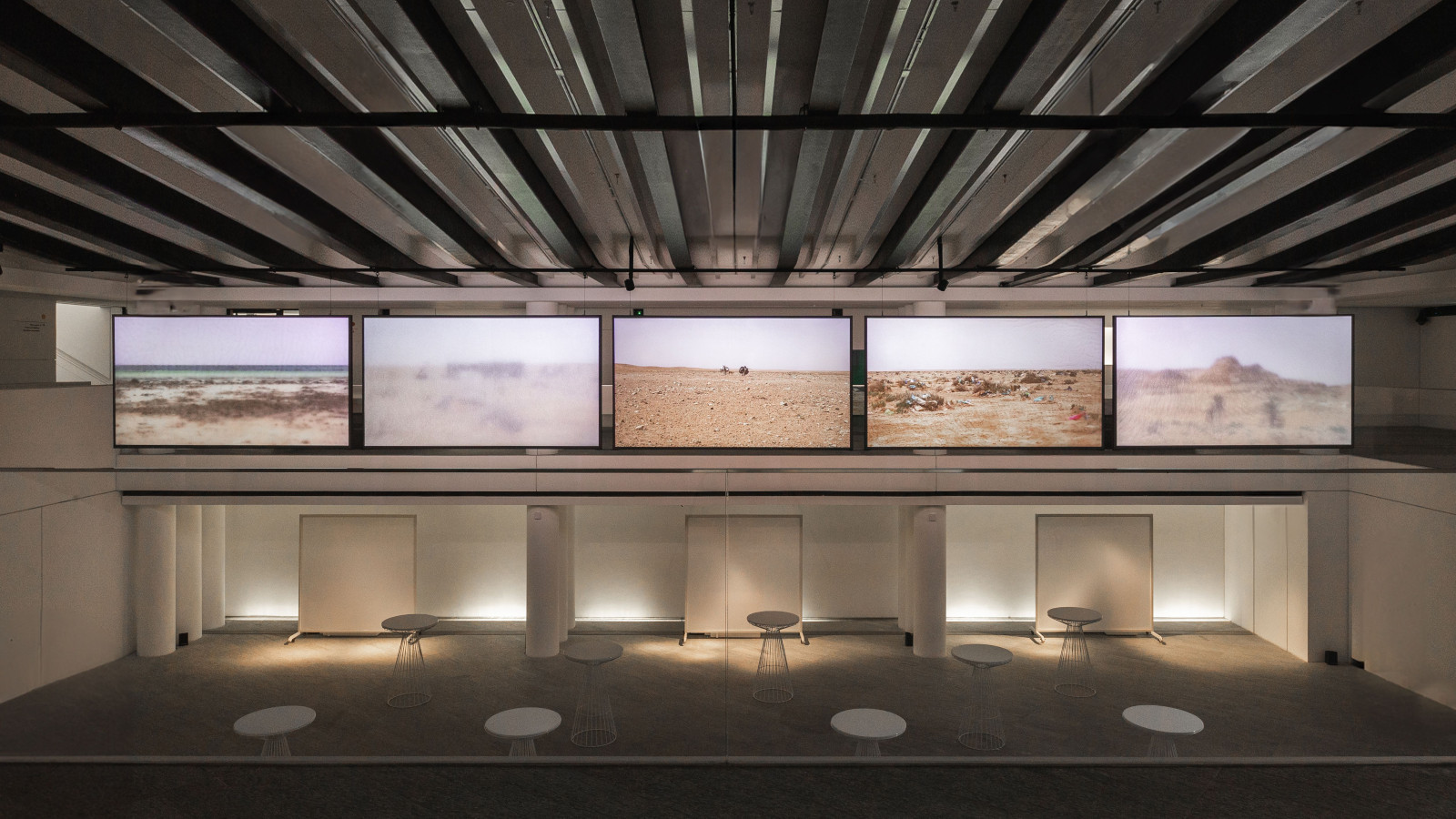 Nicène Kossentini’s disappearing desert landscapes win Richard Mille Art Prize 2024
Nicène Kossentini’s disappearing desert landscapes win Richard Mille Art Prize 2024Meet the Richard Mille Art Prize 2024 winner, and see all the shortlisted works, showcased by Louvre Abu Dhabi
By Simon Mills
-
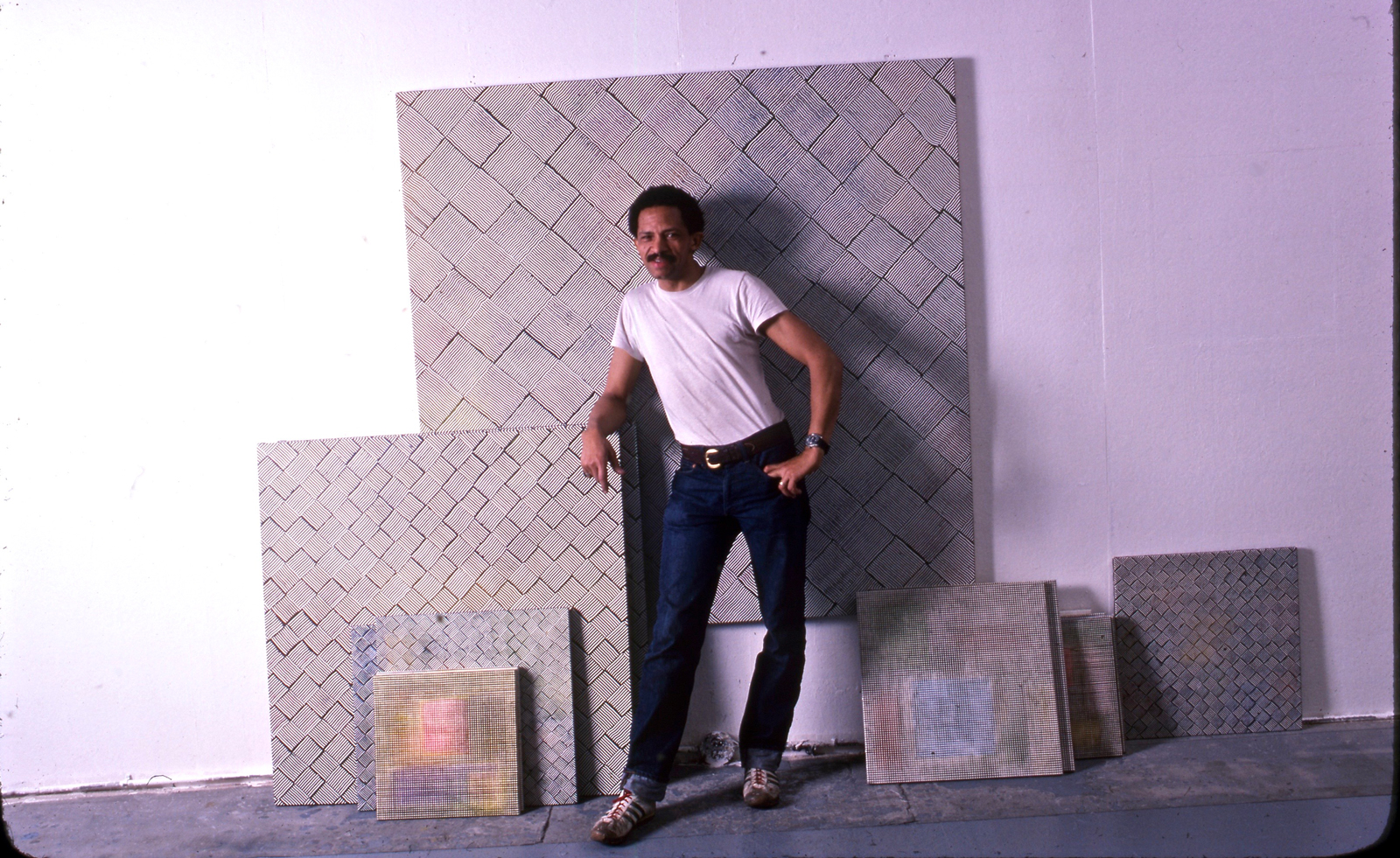 Inside Jack Whitten’s contribution to American contemporary art
Inside Jack Whitten’s contribution to American contemporary artAs Jack Whitten exhibition ‘Speedchaser’ opens at Hauser & Wirth, London, and before a major retrospective at MoMA opens next year, we explore the American artist's impact
By Finn Blythe
-
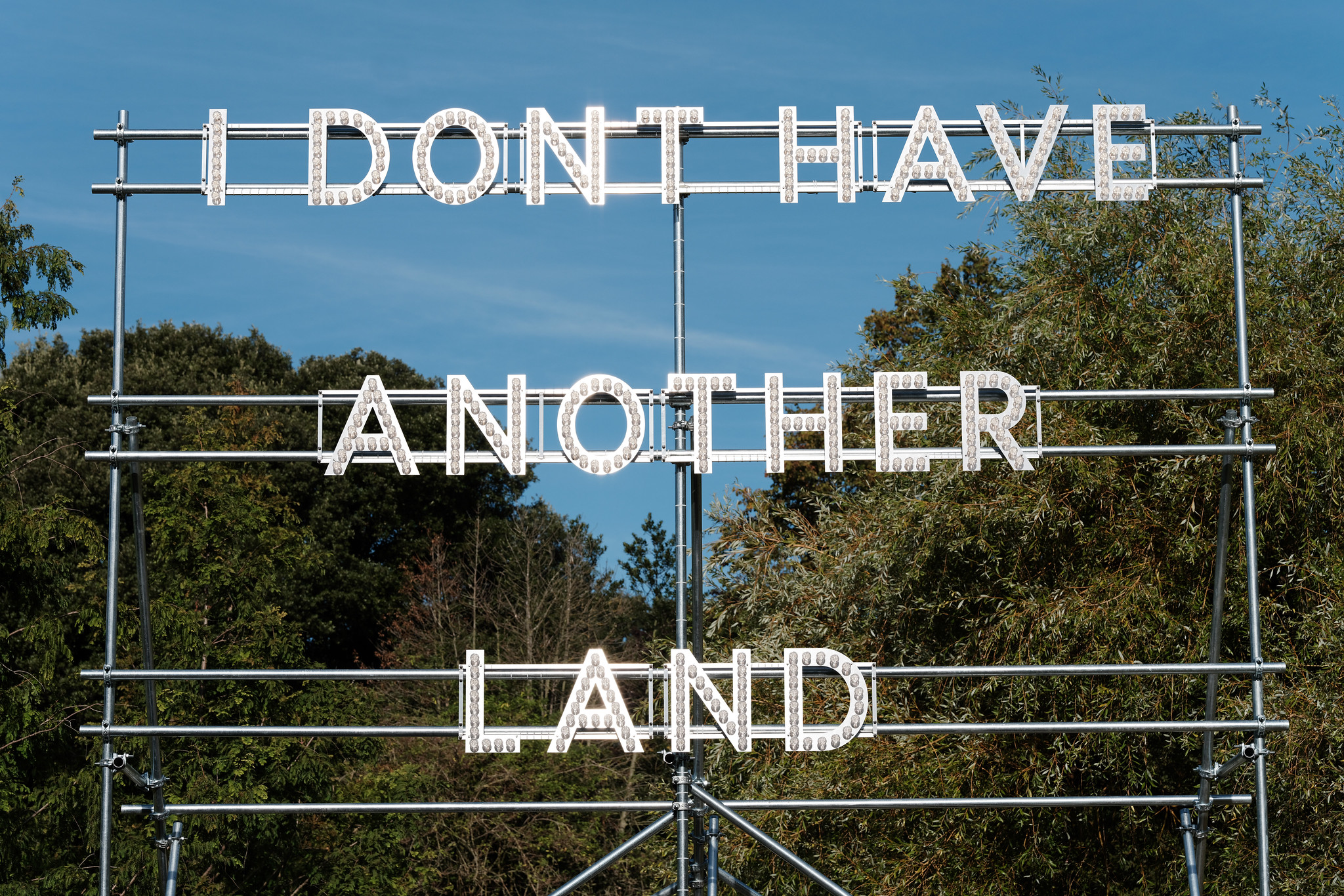 Frieze Sculpture takes over Regent’s Park
Frieze Sculpture takes over Regent’s ParkTwenty-two international artists turn the English gardens into a dream-like landscape and remind us of our inextricable connection to the natural world
By Smilian Cibic
-
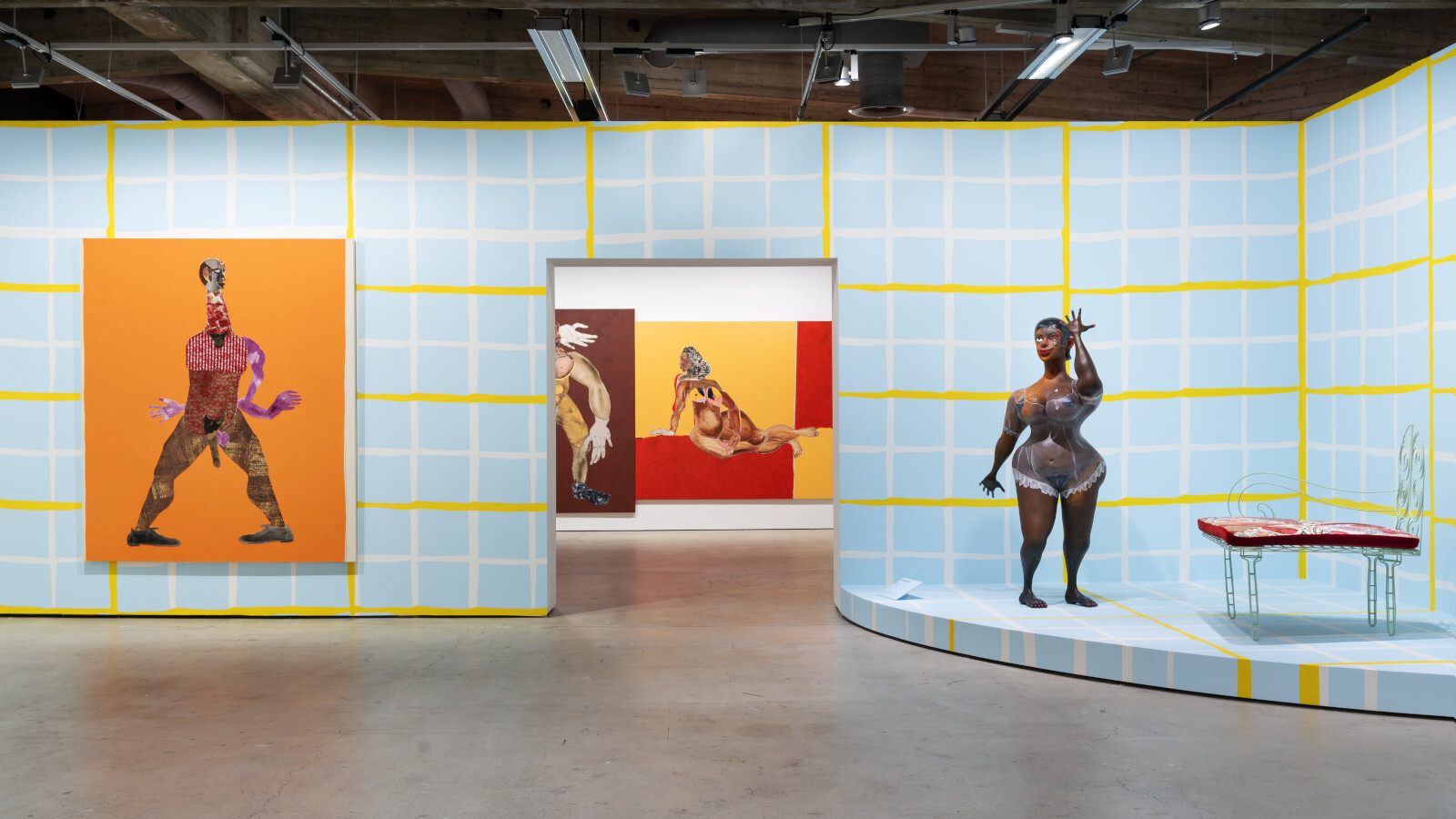 Harlem-born artist Tschabalala Self’s colourful ode to the landscape of her childhood
Harlem-born artist Tschabalala Self’s colourful ode to the landscape of her childhoodTschabalala Self’s new show at Finland's Espoo Museum of Modern Art evokes memories of her upbringing, in vibrant multi-dimensional vignettes
By Millen Brown-Ewens
-
 Wanås Konst sculpture park merges art and nature in Sweden
Wanås Konst sculpture park merges art and nature in SwedenWanås Konst’s latest exhibition, 'The Ocean in the Forest', unites land and sea with watery-inspired art in the park’s woodland setting
By Alice Godwin
-
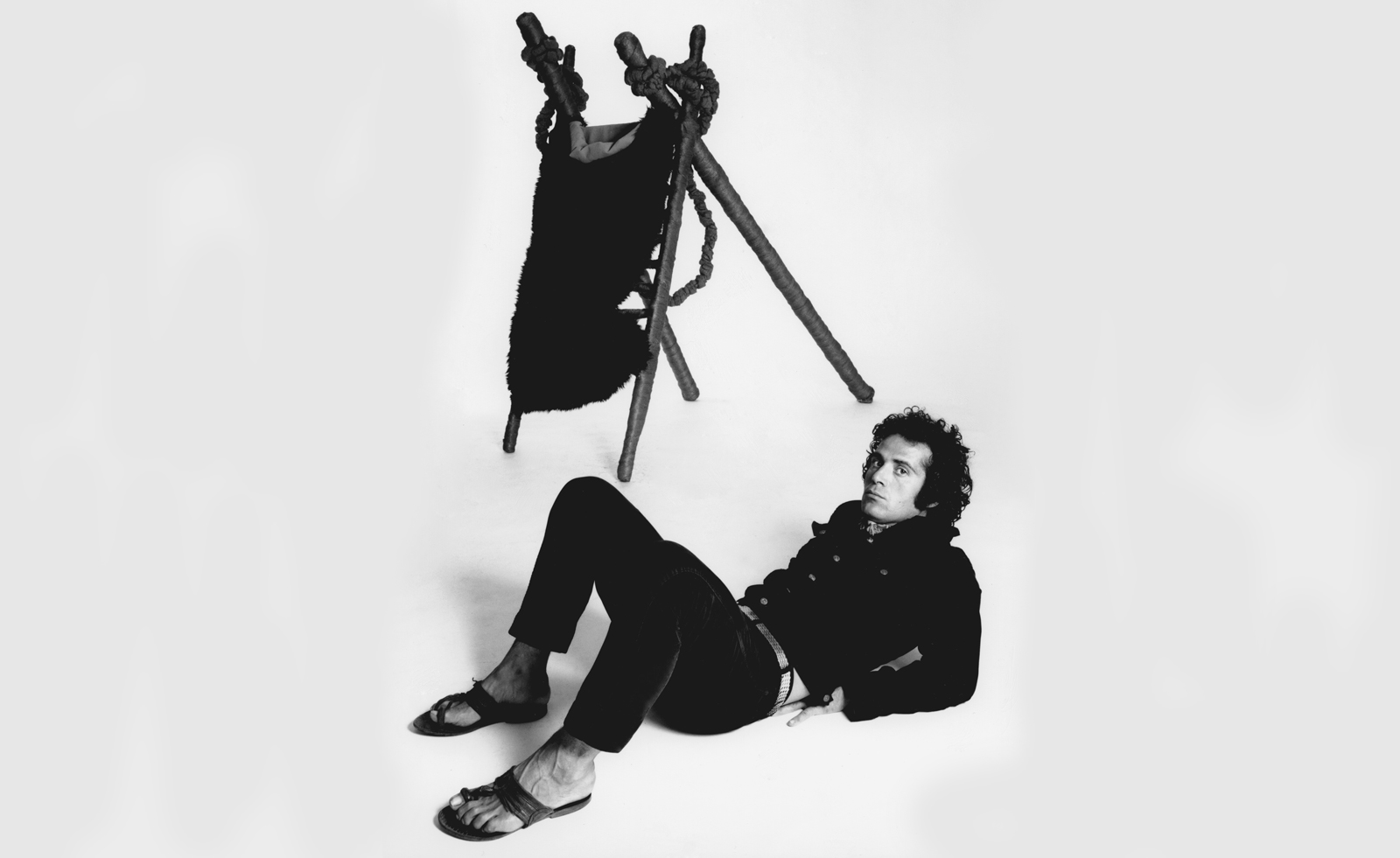 Pino Pascali’s brief and brilliant life celebrated at Fondazione Prada
Pino Pascali’s brief and brilliant life celebrated at Fondazione PradaMilan’s Fondazione Prada honours Italian artist Pino Pascali, dedicating four of its expansive main show spaces to an exhibition of his work
By Kasia Maciejowska
-
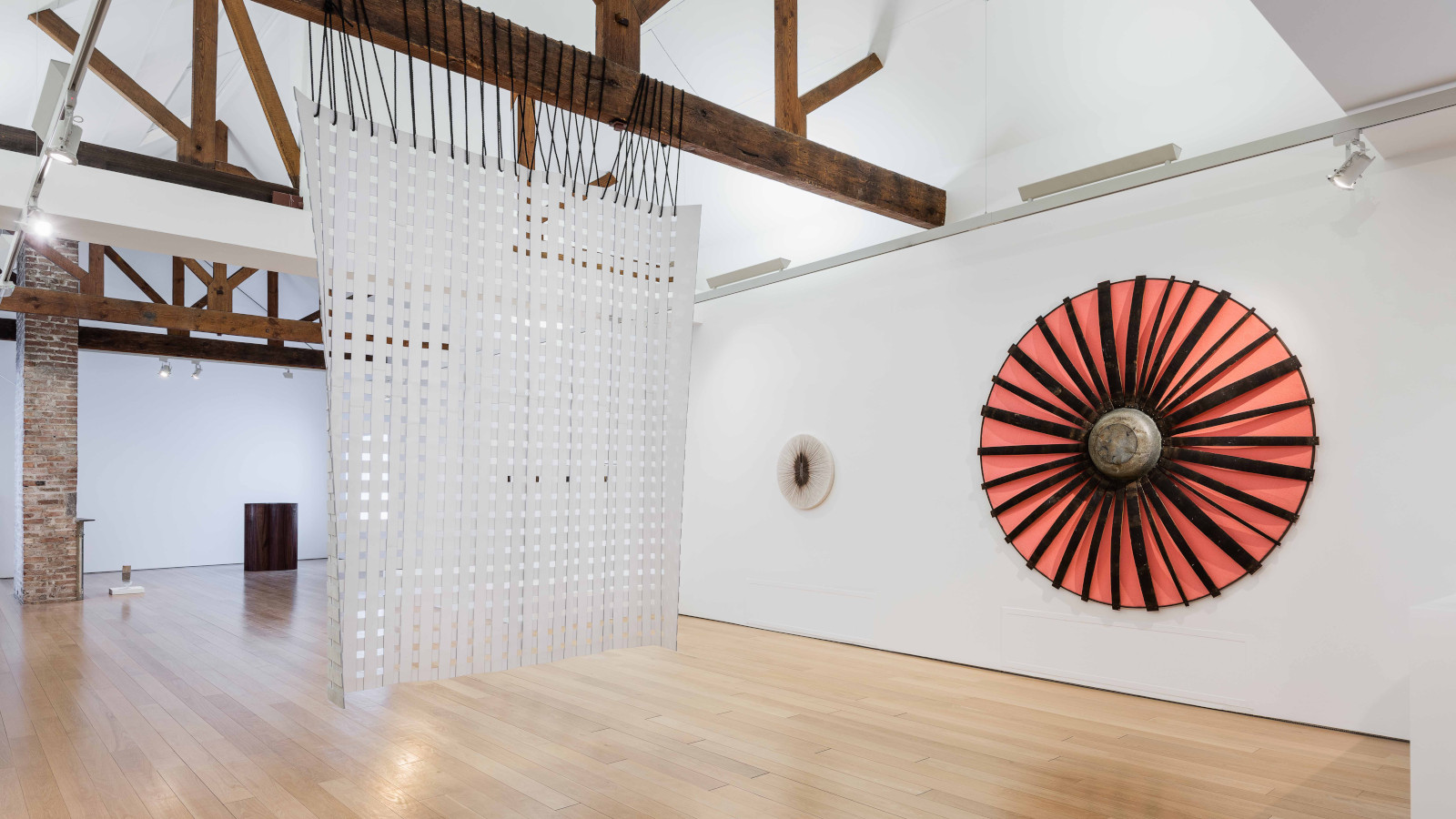 John Cage’s ‘now moments’ inspire Lismore Castle Arts’ group show
John Cage’s ‘now moments’ inspire Lismore Castle Arts’ group showLismore Castle Arts’ ‘Each now, is the time, the space’ takes its title from John Cage, and sees four artists embrace the moment through sculpture and found objects
By Amah-Rose Abrams
-
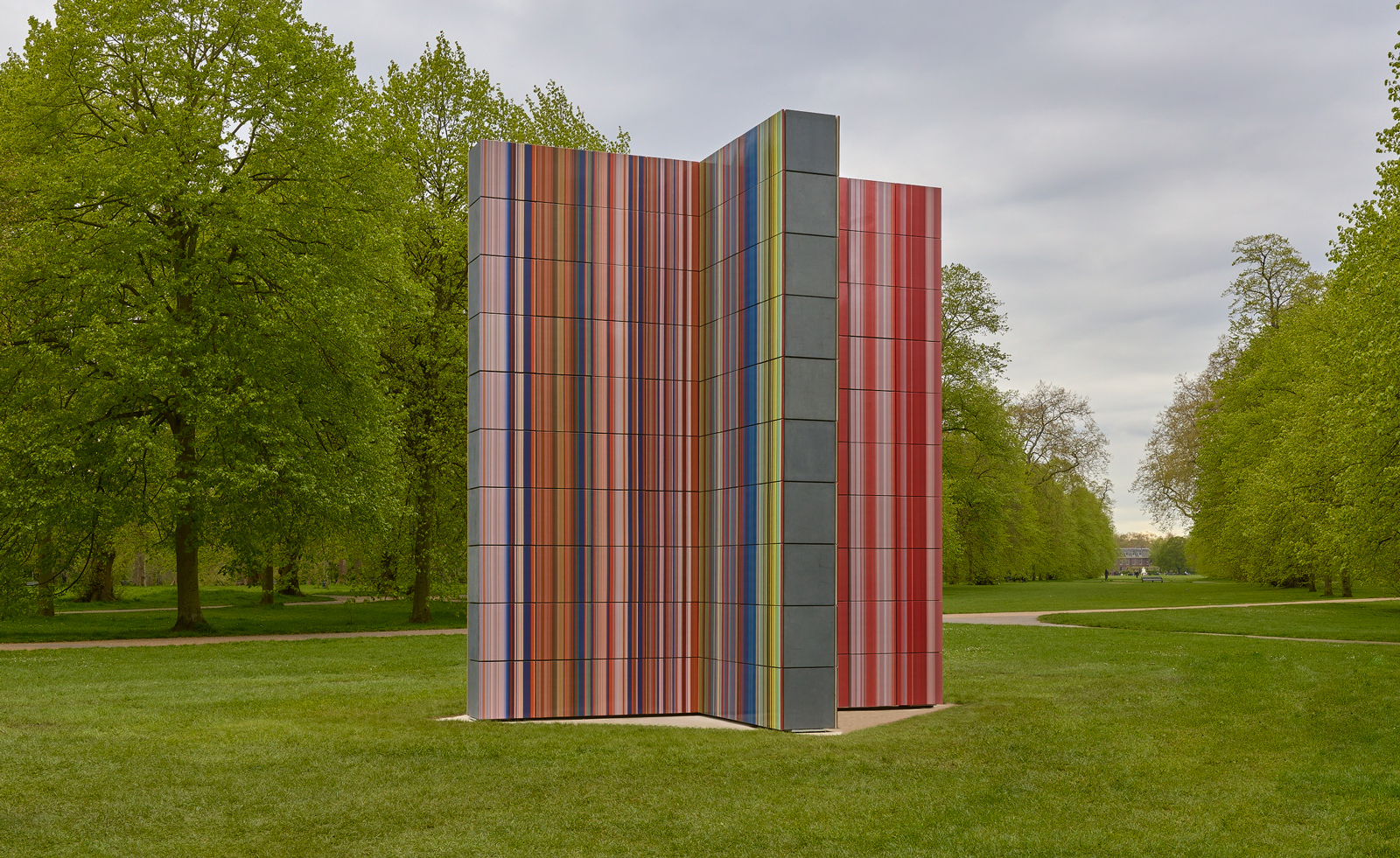 Gerhard Richter unveils new sculpture at Serpentine South
Gerhard Richter unveils new sculpture at Serpentine SouthGerhard Richter revisits themes of pattern and repetition in ‘Strip-Tower’ at London’s Serpentine South
By Hannah Silver